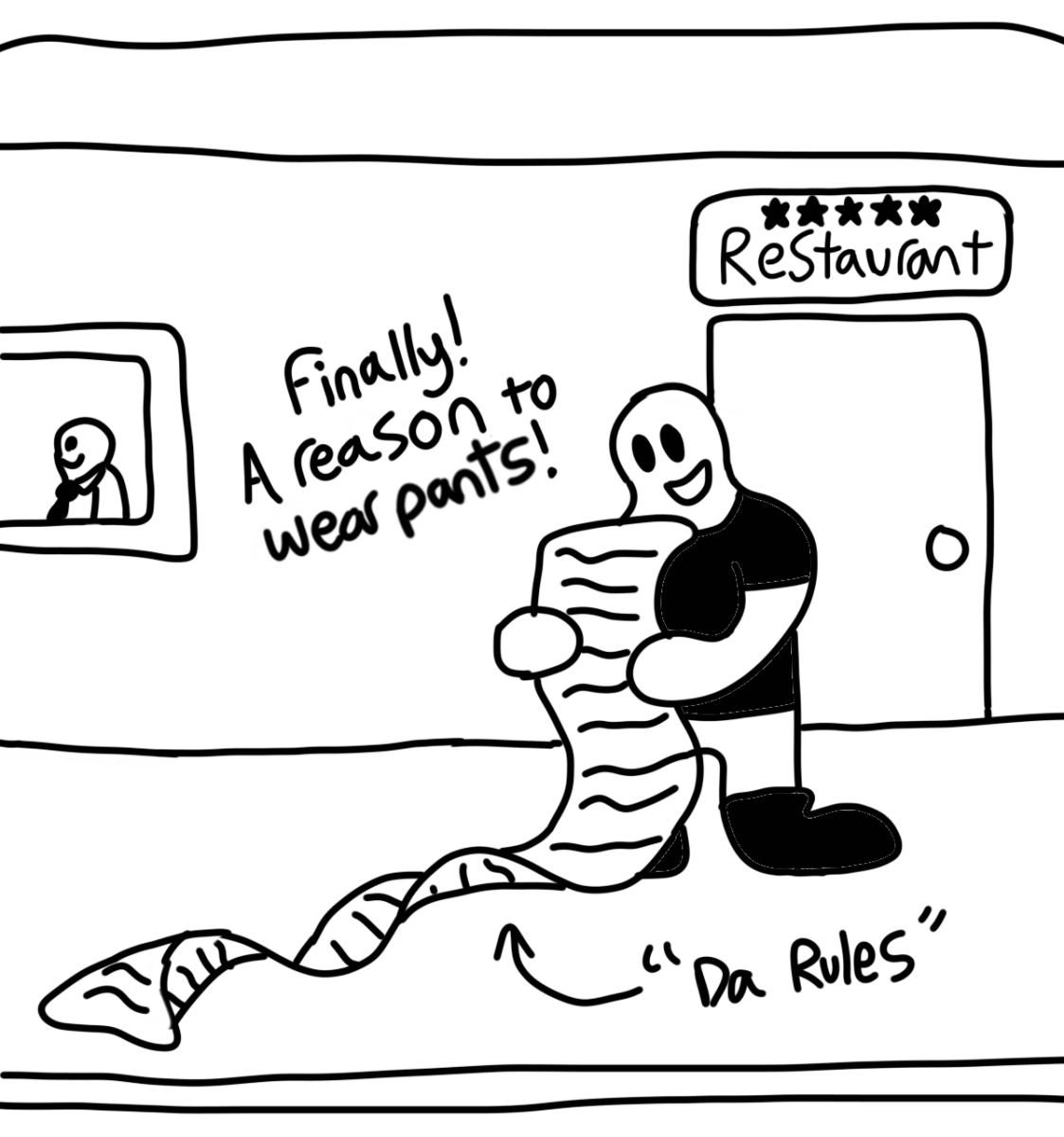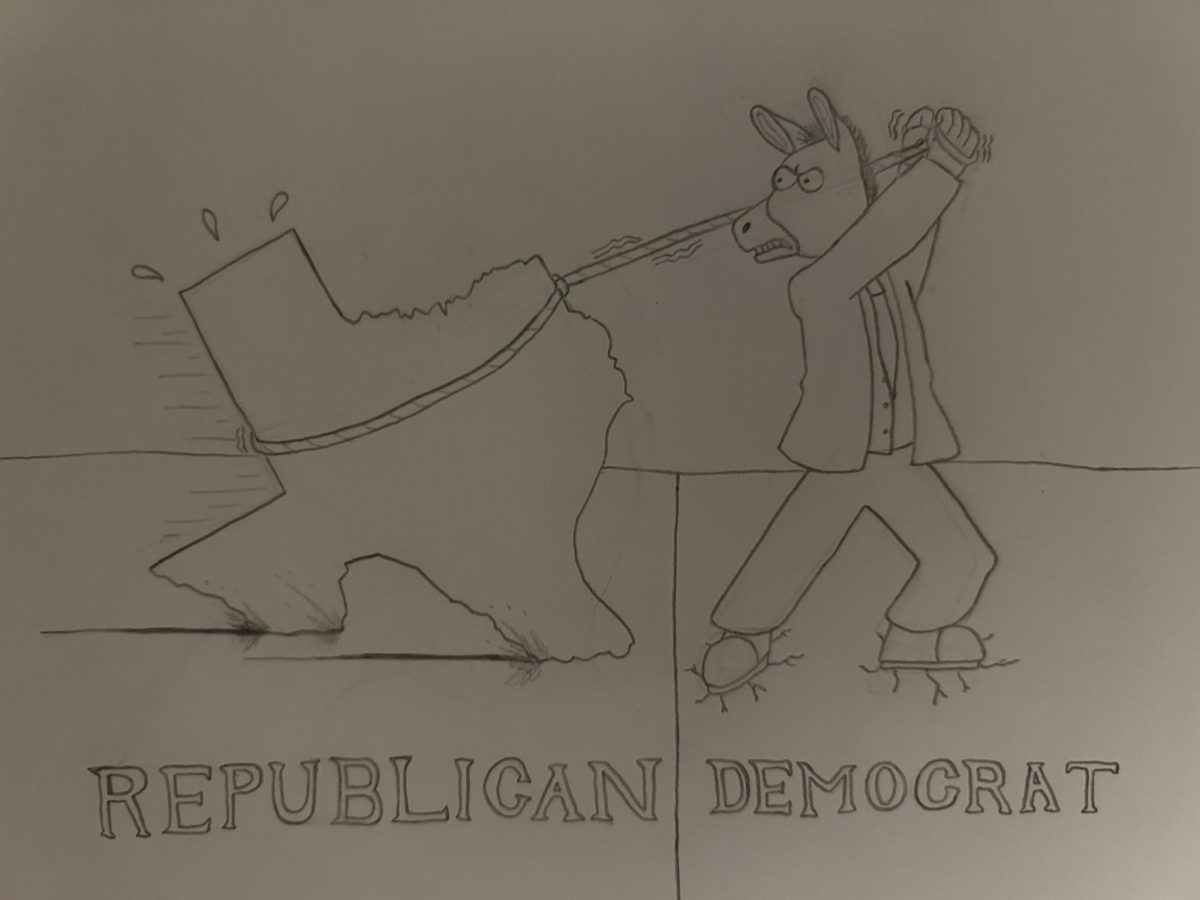Texas has been considered a red state for decades. It has voted Republican in every election since 1980, and it isn’t a popular rally site for either party. But Texas has become more Democratic over the past few elections, and may one day turn into a blue state.
The best recent result in Texas for the Democrats was in the 2020 election, when the state voted for Trump by only a 5.6% margin. It became redder in 2024 when it voted for Trump by more than 10%, the Republican Party’s greatest victory in the state since 2012. The whole country, including reliably blue states like New York and New Jersey, experienced a dramatic shift to the right. Considering this, how could Texas ever become a blue state? To find out, we need to look at the population growth of the state and its major cities.
First, a look at other states that have experienced similar blue shifts: Georgia, Arizona, and North Carolina. They all used to be considered red states (North Carolina less so), but Georgia was a key swing state in 2020, and with Biden’s narrow victory, Arizona is now considered a swing state as well. These three states all experienced very similar population growth, with more people moving to cities such as Raleigh, Phoenix, and Atlanta, as well as their suburbs.
For example, Fulton County, Georgia, which includes Atlanta, grew from about 920,000 residents in 2010 to 1,066,000 residents in 2020, an increase in population of more than 15%. The entire state’s population grew more than 10%. This is similar to North Carolina and Arizona, whose populations both grew around 10% between 2010 and 2020. Raleigh, North Carolina, which is considered to be one of the fastest growing cities in the country, grew from 404,000 residents in 2010 to 468,000 residents in 2020, a change of 16%. Charlotte, another major city in North Carolina, grew from 731,000 residents to 875,000 residents, a change of 20%, between 2010 and 2020. Both cities grew more than the state’s overall population growth of 10%.
Overall, the growth of cities in the South and West has made those areas significantly bluer. Florida is a primary exception: it has become much redder since Obama’s win there in 2012. Similarly, the slow growth—or in some cases, loss—of population in Midwestern states such as Iowa, Wisconsin, Ohio, and Michigan has caused those states to become redder.
Texas’ population is growing significantly too. Right now, the state with the most electoral votes is California, at 54 votes. But Texas now has 40 votes, and is growing much faster than California. Within the next half century, there is a very good chance that it could become the largest state in the country by population. Major blue cities in Texas like Austin and Houston have also been growing rapidly. Austin’s population grew almost 22% between 2010 and 2020, and Houston’s population grew approximately 10%. Both cities reliably vote blue, and their rapid growth could signal the end of the red era in Texas.
Why does this matter for the country as a whole? Having Texas as a swing state wouldn’t be good for Republicans, because it would mean that they would have to win Texas to have a chance of winning any election. Because of this, Republican lawmakers in Texas would try to prevent that by changing or creating laws for elections there. There are no laws about how a given state must split its Electoral College votes. Each state usually chooses the winner-takes-all system because it is the most beneficial for the dominant party. In this system, which 48 states and Washington, D.C. use, the candidate with the greatest number of votes received takes every electoral vote for that state. Because of polarisation in the United States, deep blue or red states like Massachusetts and South Dakota see victory margins of over 30 points, meaning neither candidate campaigns in said state because they would not significantly sway public opinion there. The exceptions are Nebraska and Maine, which count both their state’s total vote and each of their congressional districts. In Nebraska, the state’s total vote is counted and two electoral votes go to the candidate who wins the most votes. Then, each congressional district (Nebraska has three) counts its votes, and the winner gets one electoral vote for each district won. Democrats have won Nebraska’s second congressional district, which contains Omaha, in the past two elections—a “blue dot” in the country’s heavily Republican Northern Plains area.
There is another way to count electoral votes, which is to simply take a state’s vote and divide it so each candidate gets a share of the electoral vote proportional to their actual votes received. This would benefit independent candidates greatly, as they usually make up too little of the vote to actually win any districts or states. Republican lawmakers in Texas would probably choose the method that Nebraska and Maine currently use, because as its population keeps growing, so do its number of congressional districts, and they could shape the districts in such a way that their party has an advantage. It could still be beneficial for Democrats: they would pick up almost all of the major cities’ congressional districts, which make up almost half of all the districts in Texas.
This matters for the entire country: either we could see a hard shift to the left because of Texas, or we could see a major change in the way that the Electoral College works. Republican lawmakers might begin to change their system, which would likely cause many states to do the same. Instead of appealing to swing state voters as a whole, candidates would want to appeal to swing districts or demographics. The country may even shift to deciding elections by the popular vote (requiring a change in the Constitution)—meaning that there would be a huge focus on turnout and a significant change in the way that candidates campaign. Every citizen’s vote would matter greatly, not just votes in swing states. This would cause greater enthusiasm in elections, and encourage people to become more informed about how various candidates and policies could affect them.





















